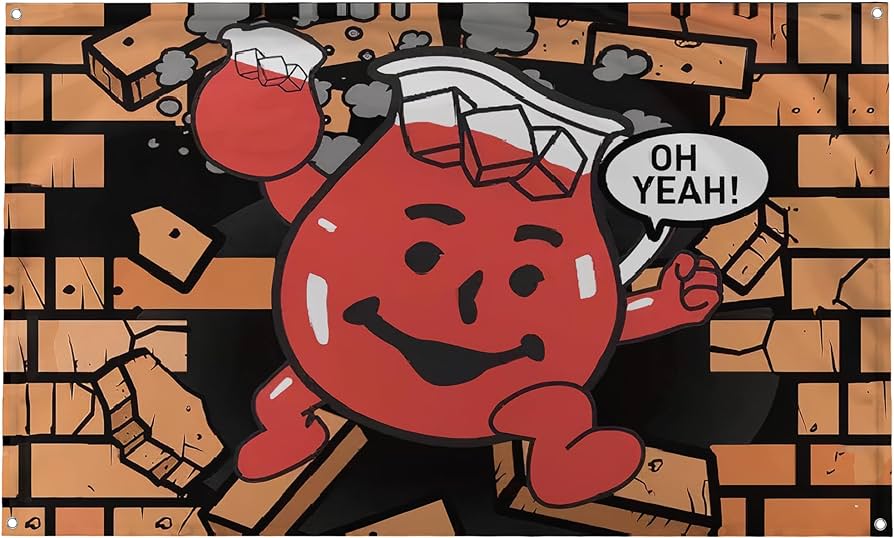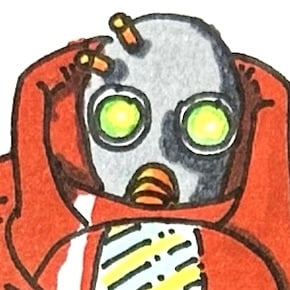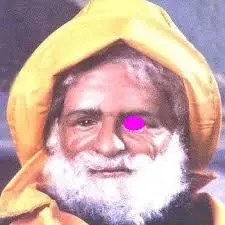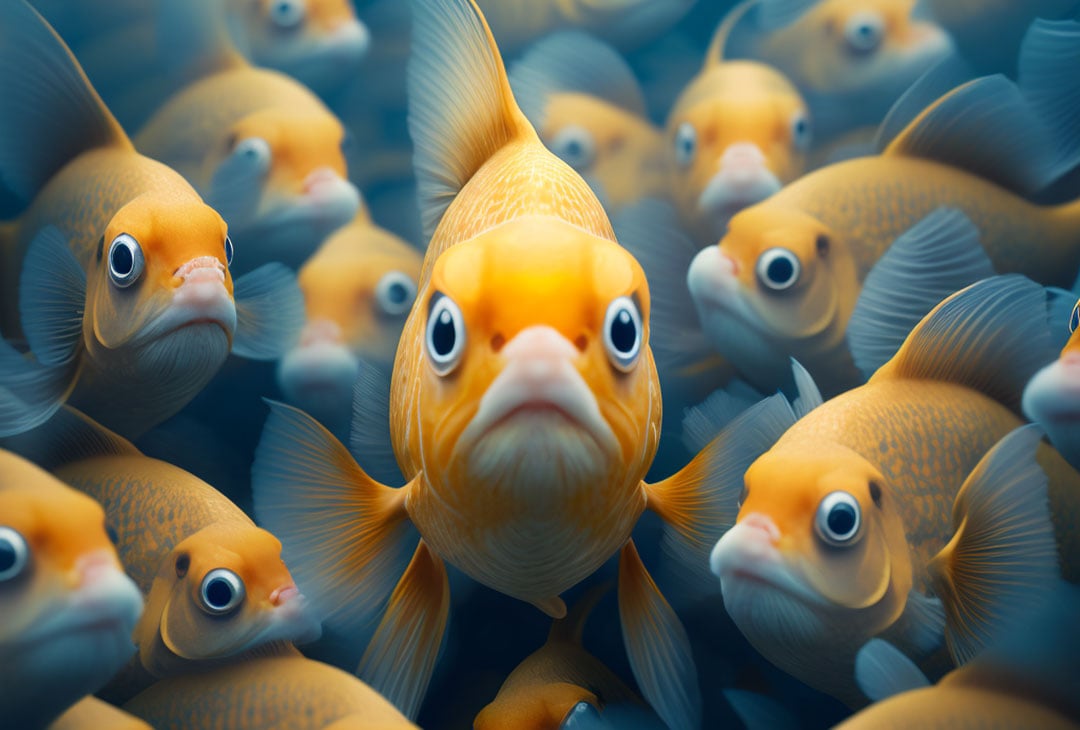WW1 experimental camouflage sniper’s suit using the concept of “dazzle.” Dazzle camouflage, also known as razzle dazzle (in the U.S.) or dazzle painting, was a family of ship camouflage used extensively in World War I.
See, you guys are stupid. They’re going to be looking for army guys.
I thought the idea of dazzle was to obscure your direction and shape for targeting torpedos and large guns with a long flight time. It seems like it’d be less than useless where you don’t need to account for the motion of the target like on a person.
Are you saying you can’t snipe with a bolt action while sprinting?
Get gud casual
Yeah for real you gotta score a running 360 noscope to unlock the dazzle camo skin, everybody knows that.
It works well for zebras, who travel in herds. Their stripe pattern, similar to dazzle, makes it difficult to differentiate individuals from the group and isolate a single one. For an army in marching formation, or otherwise on the move in a group, it could serve to make it difficult to tell exactly how many soldiers are in your group. But it isn’t going to work as classic “camo”, of course, nobody is going to not see you.
A herd of snipers does sound kind of worrying to be honest.
Zebras have the advantage of having colorblind predators. It may dazzle you, but to a lion, Zebras are grass colored and grass patterned.
There is a rare genetic mutation that creates a zebra without stripes. It’s rare because they don’t often survive. When the lion attacks the herd, the zebras all scatter and run everywhere, in different directions. Because of their camouflage, the lion cannot tell one zebra from another, therefore cannot focus on a single target, and eventually becomes tired out.
With the stripeless zebra, the lion can focus on one individual. This is easier for the lion to hunt.
One of those stripeless zebras was Albert Einstein
Looks aren’t colourblind, they can see blue and green, just not red.
Camouflage is weird and there are some unintuative ways to do it.
-Blend in: classic camouflage
-Breaking up your silhouette: Can actually be aided by bright colours, bad once spotted but makes you harder to spot initially because you don’t look like the shape the other persons brain is trying to recognize.
-Fake silhouette: Blend in part of your silhouette while making a deliberately visible fake silhouette of something else inside it, similar to the above making the other person skip over you by messing with the brains pattern recognition.
-Pixel weirdness: I don’t know the details on this one but at certain scales/distances an inconsistent but very distinctly geometric pattern can make you very hard to spot because our brains don’t innately associate that kind of pattern with either people or the environment and for some reason tend to react by filtering it out entierly.Pixels, as is my understanding are simply a convenient way to design and produce camouflage with good macro/micro patterning.
Macro/micro patterning are basically the differences in distance the camo best works at. Classic US Woodland for example is a very “macro” pattern by design. It works better further away in a fairly wide variance of terrains because the shapes are very large which breaks up the human shape. Micro patterning would be an extremely dense pattern made up entirely of smaller shapes. This is great for close distance, but at longer ranges creates a “blobbing” problem where the pattern is perceived as one color essentially.
Pixelized patterns can create layers where you have a macro shape, and then inside the micro is enough variation to break it up for micro distances without losing the macro visibility.
You don’t actually need pixels to do this, but it’s become common especially with many patterns building off of early widely adopted designs.
There’s, uh, a lot more but I lost what the point of this comment was.
I thought it was to dazzle the enemy with your wikkid styles
My camo is drippin.
they’re just lucky the world was black and white back then so it’s easier for him to blend in
What am I looking at here? It’s just a wall
A moment later:

The flies will never find him.
I get that reference.
I don’t…
A zebra’s stripes keep flies away. It messes with the fly’s brain and they can’t navigate properly to land on the zebra.
Did not know that thanks!
is there more info about this as troop camo? Admittedly I didn’t look very hard, but the only things I could find were references to naval ships and planes.
None I could find. I’d have posted if I had. I presume it didn’t work as well on people for obvious reasons.
Weird finding, thanks for sharing regardless.
SNIPERS! Give em the dazzle dazzle!
Give ‘em the ol’ razzle dazzle
So how well did it work? I can’t imagine it working well when it’s on land, distances are less, you know the size of humans, speed and heading are not factors, anything else?
It looks like Avvar armor from Dragon Age: Inquisition
“The concept is so be so bright and flashy, it literally blinds the sniper.”
deleted by creator














